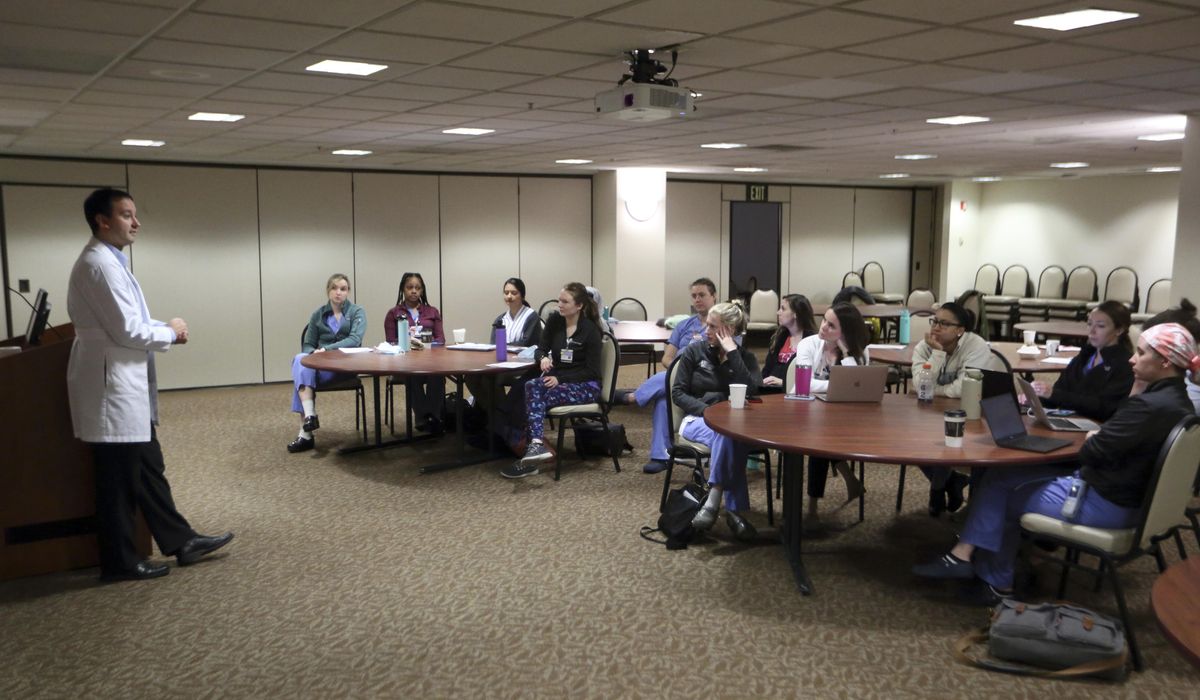


Roughly one-third of academic physicians who train and mentor new doctors in medical schools and teaching hospitals plan to quit within two years, a study has found.
Eight researchers published the study Friday in JAMA Network Open. They found that 5,177 of 15,890 academic physicians, or 32.6%, reported a “moderate or greater” intention to leave their institutions.
The study found that 37.9% of academic physicians met the criteria for emotional burnout and only 39.3% qualified as professionally fulfilled — two factors associated with a greater intent to quit.
Collecting their data between 2019 and 2021, the researchers included the first wave of the COVID-19 pandemic when they said “high levels of burnout” occurred in anesthesia, pulmonology and emergency care.
“These findings are relevant to predictions of substantial shortages in emergency medicine and other front-line medical specialties, as well as the growing proportion of unfilled residency slots in some areas,” they wrote. “Focused efforts will be needed to help support physicians working in these specialties and to attract trainees to enter these fields.”
Specific influences on doctors planning to quit included a variety of personal and institutional frustrations — especially a poor work-life balance arising from increased work hours and demands.
While doctors in all age groups planned to leave their teaching roles within two years, the numbers were highest among the oldest and youngest.
The study found that 40.1% of academic physicians 60 and older, 32.5% of doctors under 39, and 29.3% of those aged 40 to 59 planned to quit.
The findings come as pandemic-era retirements and increasing workloads have left the medical field with a growing shortage of doctors and caregivers.
The study pointed to research such as a 2020 report from the Association of American Medical Colleges that found 6% to 7% of the physician workforce quit practicing annually before the pandemic.
That estimate has grown since COVID-19 overwhelmed hospitals and medical providers, the researchers noted.
In 2022, CHG Healthcare found in a survey that 43% of more than 500 physicians had changed jobs over the previous two years. That included 8% who retired and 3% who left medicine for other careers.
By 2034, the AAMC estimates that the nation, which has more than one million practicing physicians, will face a shortage of 37,800 to 124,000 medical doctors.
That includes an expected shortfall of 17,800 to 48,000 primary care physicians, 15,800 to 30,200 surgical specialists and 3,800 to 13,400 medical specialists.
Such shortages in key fields could “have a disproportionate effect on care delivery,” the study noted.
• Sean Salai can be reached at ssalai@washingtontimes.com.
